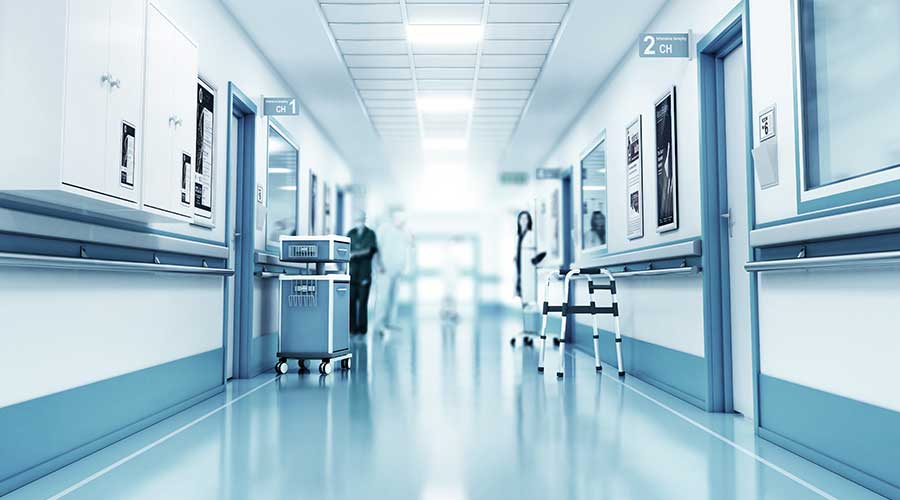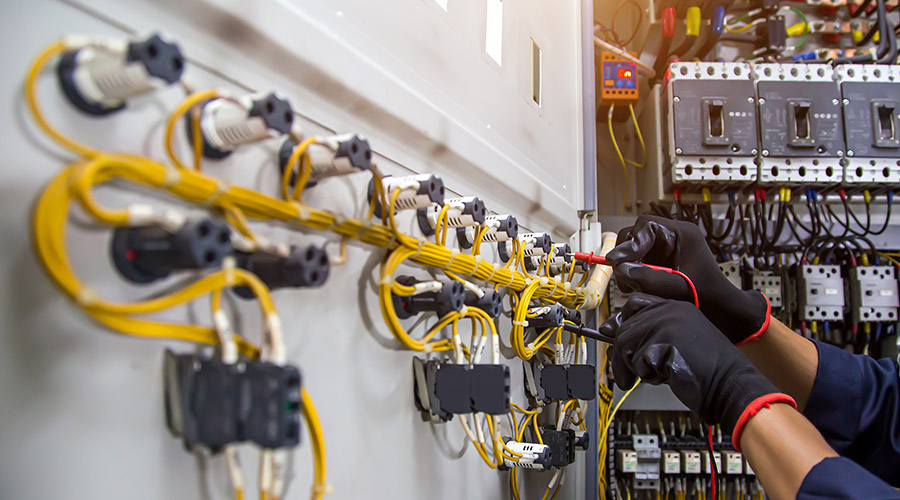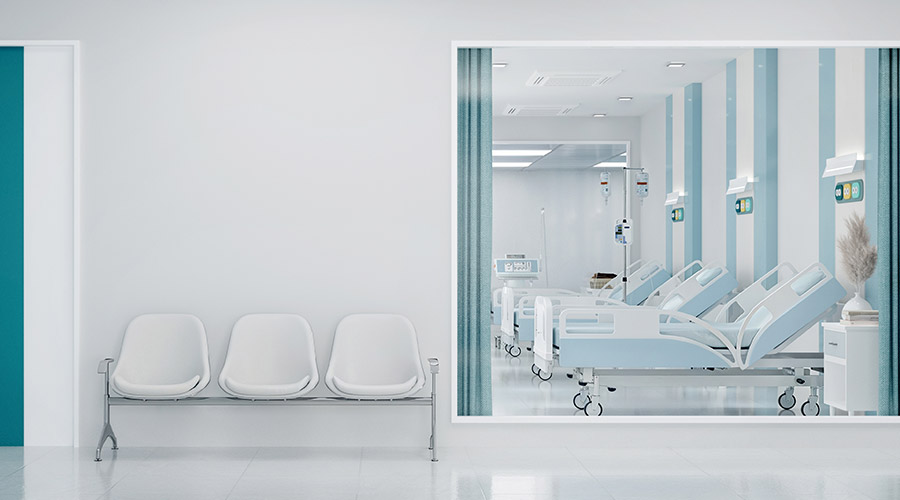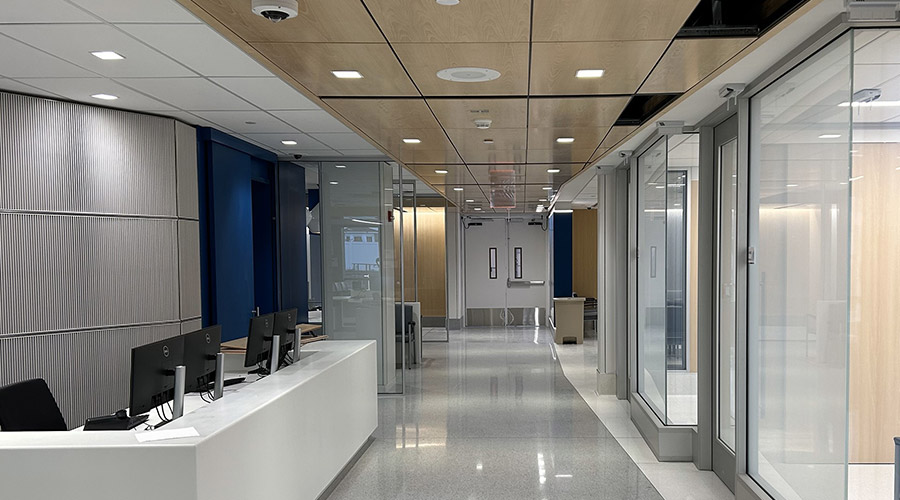Lighting can have myriad effects on a patient, including their well-being and recovery. Given this, having lights that can mimic daylighting or have adjustable color temperatures can make a difference for patients. Daylighting and mimicry of it allows for a natural feeling in an otherwise stressful environment. Adjustable color temperatures also can influence a patient’s mood.
In this manufacturer roundtable, Healthcare Facilities Today speaks with lighting manufacturers about how lighting affects a patient’s well-being and recovery.
What role does lighting play in patient well-being and recovery?
“Optimal lighting installed in healthcare facilities absolutely helps to ensure a patient's overall well-being. Especially during potentially highly stressful recovery stages. Facilities with the ability to adjust light color temperature outputs and lumen levels can dramatically influence a patient’s mood state. Soft, warm color temperatures help to calm and relax patients during stressful situations while brighter, higher color temperatures provide an environment better suited for patients looking for additional energy to help push them through vigorous recovery activities.”
— Rob Schmitz, marketing director, Toggled
“When advanced controls are used, LED lighting can significantly impact patient well-being and recovery. It can be set to dim lights in patient and visitor areas at specific times in the evening to signal that it's time to quiet down for rest. Staff can also adjust the ambient lighting in individual rooms to help relax and uplift patients during recovery. This allows patients and visitors to change the light levels or color temperature (tunable white light) according to the time of day, which helps to maintain their circadian rhythm.”
— Ron Farmer, chief executive officer, US LED
“Lighting plays a critical role in patient well-being and recovery, particularly in healthcare settings where patients are often under stress or discomfort. One of the key aspects is the quality of lighting, especially luminaires with appropriate glare control, which directly impacts comfort. For example, lighting fixtures with a low Unified Glare Rating (UGR) are valuable for individuals who may spend extended periods lying on their backs, and for caregivers during a prolonged shift. These fixtures reduce eye strain and discomfort, fostering a more soothing environment.
In addition to comfort, the ability to control lighting in patient rooms is significant. Research shows that providing patients with the option to adjust the lighting according to their preferences can improve their sense of control and overall experience, which may contribute to faster recovery times. This also extends to family members or visitors, who might need different lighting levels for activities such as reading or writing while their loved ones rest.
Lighting that mimics natural daylight is another factor that influences patient recovery. Patients who have access to windows and daylight experience a stronger connection to nature, which has been shown to reduce the need for pain medication and promote better outcomes. Lighting systems that simulate the natural progression of daylight—brighter, cooler light in the morning and warmer, dimmer light in the evening—can help regulate circadian rhythms, aiding sleep and alertness.
For long-term care patients, particularly those with limited mobility, lighting becomes even more vital. They may not have the option to go outside and benefit from natural light, making it essential for healthcare facilities to implement lighting solutions that provide the right spectrum and intensity throughout the day. This approach helps in creating a healing environment that supports both physical recovery and emotional well-being.”
— Tommy Nichols, LC, business development director for healthcare, Acuity Brands
Jeff Wardon, Jr., is the assistant editor for the facilities market.

 Cultivating a Workforce in the Face of Skilled Trade Shortages
Cultivating a Workforce in the Face of Skilled Trade Shortages Prime Healthcare Acquires 8 Ascension Hospitals in Illinois
Prime Healthcare Acquires 8 Ascension Hospitals in Illinois Charging Ahead: Incentives Driving EV Charging in Healthcare Facilities
Charging Ahead: Incentives Driving EV Charging in Healthcare Facilities Outpatient Growth and the Future of Healthcare Real Estate
Outpatient Growth and the Future of Healthcare Real Estate Mount Sinai South Nassau Opens Expanded Emergency Department
Mount Sinai South Nassau Opens Expanded Emergency Department